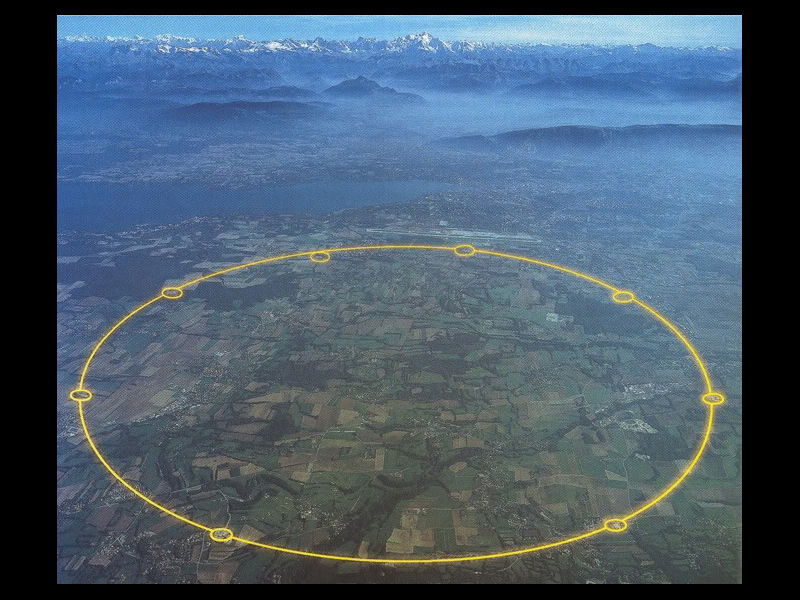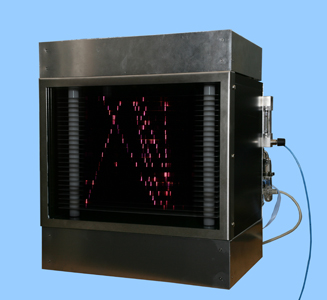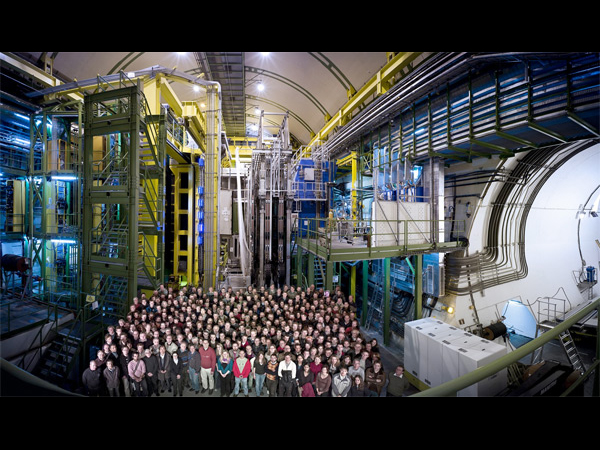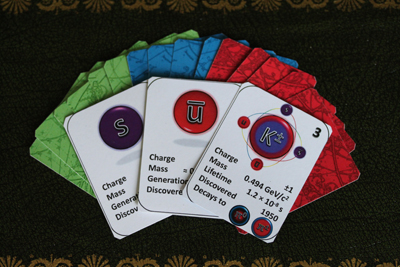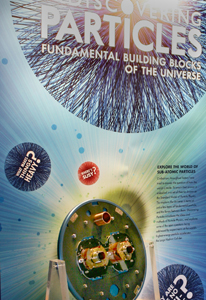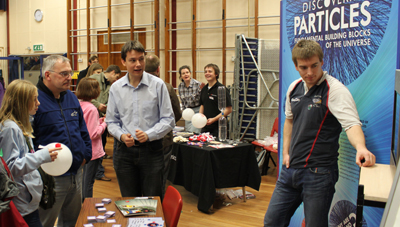Scatter!
The Cambridge HEP pages for schools, educators and the general public
Scatter! is the University of Cambridge High Energy Physics Group web site for schools, educators and the general public. Here we have gathered together various educational resources related to our work that have originated within the group or with which we have been closely associated. We hope that you will find them useful, interesting and fun.
Please use the links on the left of this page to navigate around this site. You will find various outreach projects in which members of the HEP Group are currently involved and events that have taken place in the last few years. You will also find information about the annual Masterclass and Physics at Work events for schools.
We have also included links to other sites with related material that may be of interest.
High Energy Physics (also often called Particle Physics) is the physics of the most fundamental constituents of matter and the interactions between them. The theories that we use to describe these interactions combine field theory, quantum mechanics and relativity. The predictions of these theories have been tested to very high precision in a variety of experiments, most notably using accelerators that collide particles at very high energies. Examples are the Large Electron Positron collider (LEP) and now at the Large Hadron Collider (LHC) at CERN where most of the experimental activity of the Cambridge High Energy Physics group is focussed.
Calendar
Future events are highlighted green.
| Date | Event |
|---|
